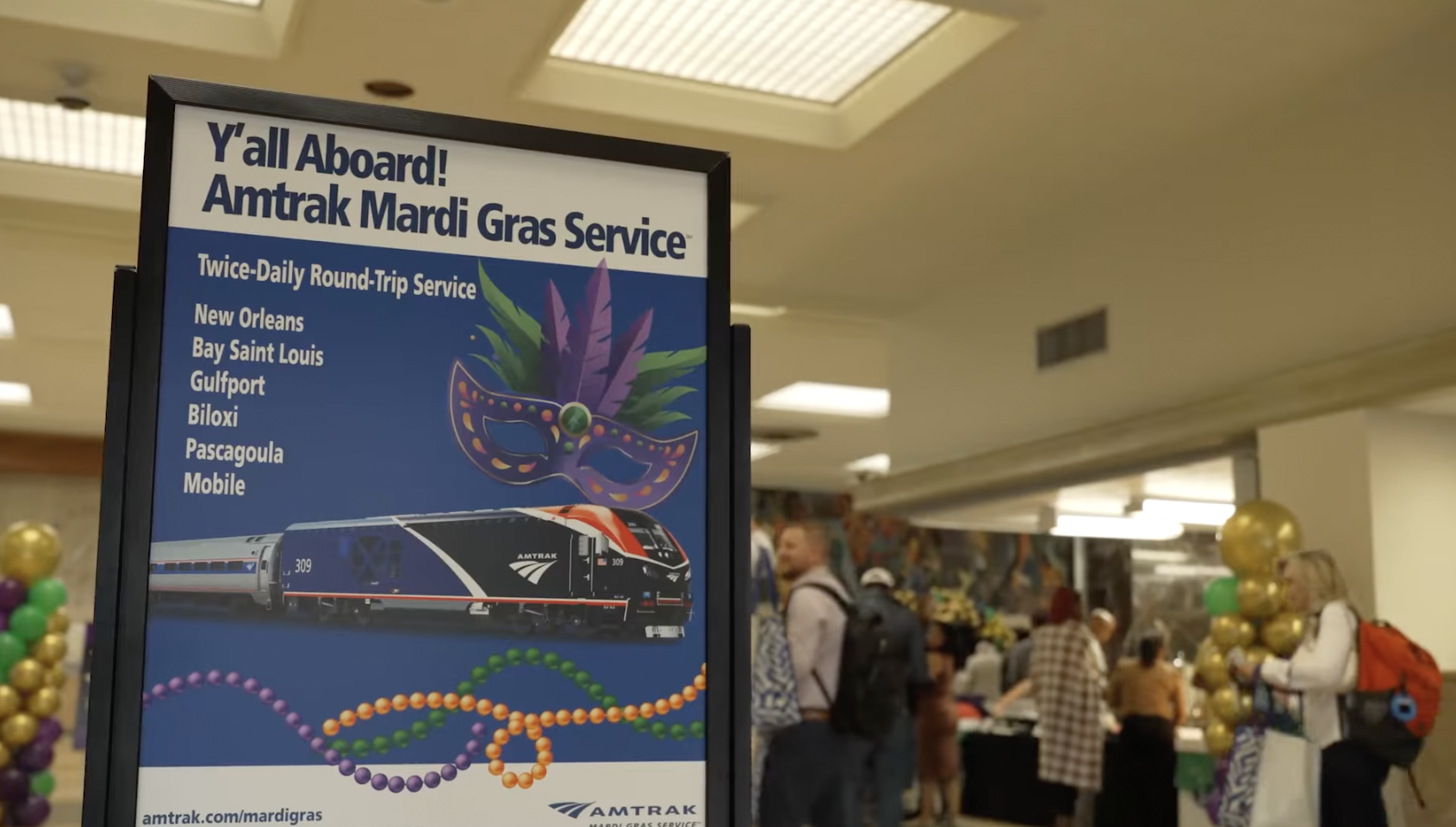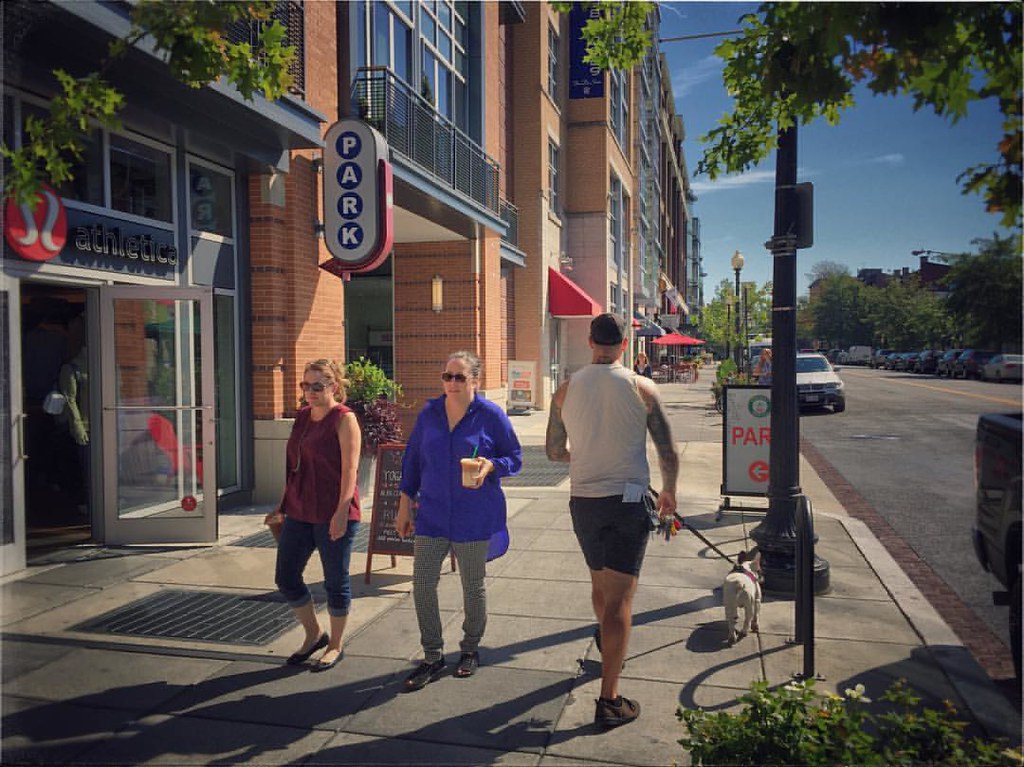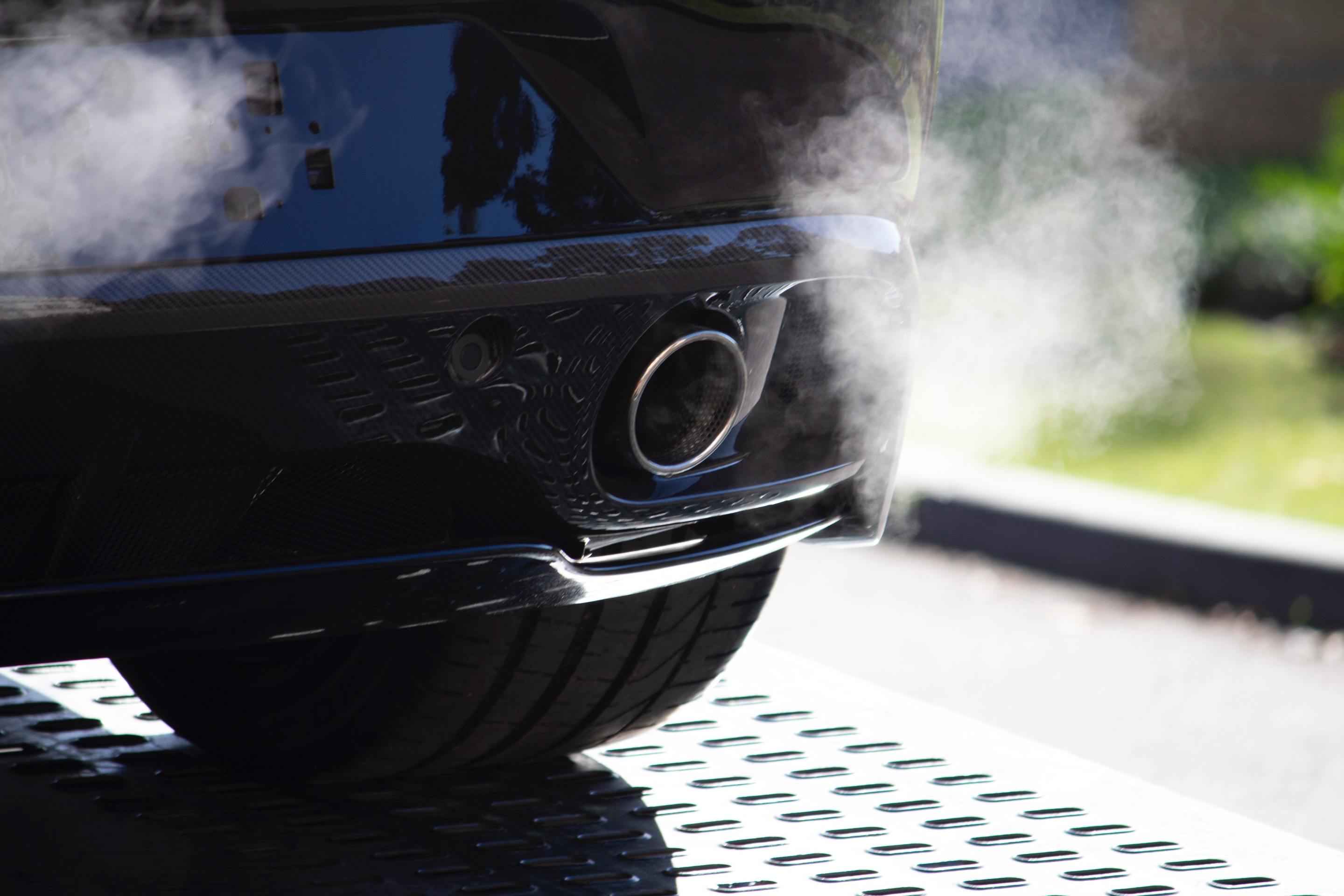Environmentalists from San Diego are echoing the rhetoric of Los Angeles Mayor Antonio Villaraigosa in the battle to expand the local transit network and reduce funding for highway expansion.
Enter the newly branded, "50-10" plan. Los Angeles' 30/10 advocates can eat their hearts out.
Brought to you by the Save our Forest and Ranchlands (SOFAR) and the Cleveland National Forest Foundation (CNFF), "50-10" is an attempt to influence the "2050 Regional Transportation Plan" being proposed by the San Diego Association of Governments (SANDAG). Advocates are calling on the agency to build all of its planned transit projects for the next fifty years in the next ten and to leave the highway projects for another day. Even if the agency falls short of the ten year goal, it would hold off on any highway expansion projects until the local transit network is completely built out.
"The foundation of the 50-10 plan includes the development of a preferred regional land use plan - a smart growth land use plan - and the development of a transportation mobility network that support the needs of this smart growth plan," said Duncan McFetridge of SOFAR in a press release.
Currently, SANDAG staff is proposing a long range plan that actually includes more funding for transit investments ($24 billion) than highway investments ($21 billion). This plan is a combination of the three major options that were considered by the SANDAG Board of Directors and would have transit and highway projects built concurrently. While SOFAR and CNFF concede this is a step in the right direction, they also argue that planning such a large investment in highways as the region is trying to grow its transit mode share is somewhat incoherent.
While SOFAR and CNFF may be borrowing Villaraigosa's rhetoric, there are many differences between 30/10 in Los Angeles and 50-10 in San Diego.
The first difference is that 30/10 is an attempt to leverage a recently passed sales tax to build rail and rapid bus projects more quickly with help from the federal government. It doesn't attempt to pit rail against highway projects. One of the benefits of not de-emphasizing highway projects is that 30/10 has much broader backing including the Metro Board of Directors, the local Senate and House Delegations to Washington, and most organized labor organizations. Indeed, one of the major selling points of 30/10 is that nearly nobody opposes it.
Which leads us to a similarity. Both 30/10 and 50-10 are proposed plans that would mark a major change in governmental policy. 30/10 may have near-unanimous support in Los Angeles, but to become reality it would need the federal government to change the way it funds transportation and the creation of an Infrastructure Bank. 50/10 is a proposed change to a proposed Long Range Plan for the San Diego region.
Another difference has to do with the scope of what is being proposed. 50-10 is an attempt to change the entire regional plan, not just the transportation plan, for San Diego. As such, it calls for more mixed-use development, density, and investing in the urban core first. 30/10 calls for building transit as quickly as funds become available. While staff at L.A. Metro (aka LACMTA) and local politicians such as Villaraigosa call the Downtown Regional Connector the linchpin of the transit expansion plan, that project is still in environmental review.
The first two projects in Greater Los Angeles to begin construction and receive funds from the 2008 sales tax are in the more suburban San Fernando and San Gabriel Valleys. The 50-10 proposal would focus more on the urban core, whereas the 30/10 plan is more spread out throughout the region, basing the timeline not on geography but on when construction can start.
But at this point, each of these plans, 30/10 and 50-10 are still just proposals. Both San Diego's advocates and Los Angeles' politicians deserve credit for envisioning a better way for both cities, but more will have to embrace those visions before they become reality.







